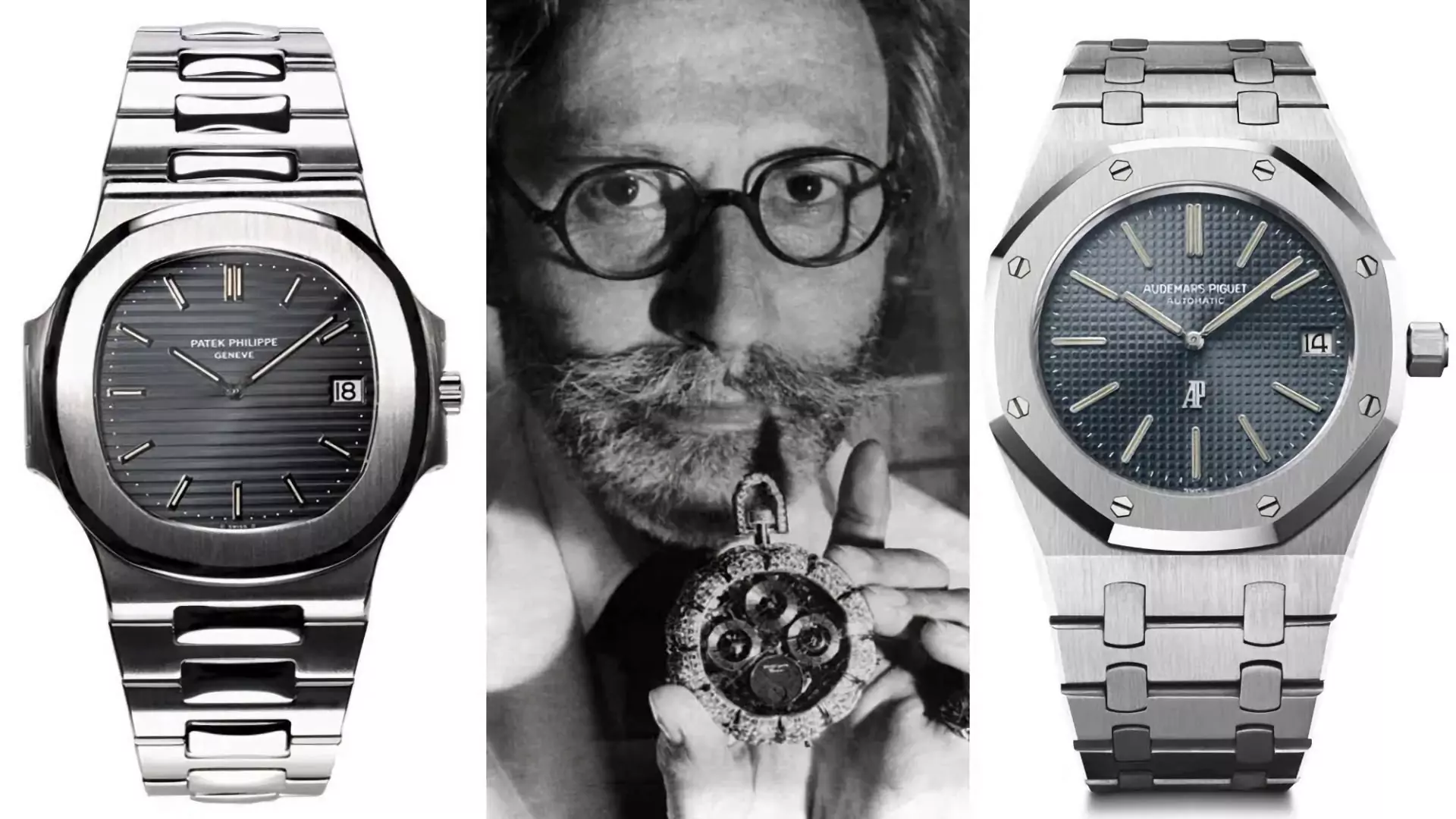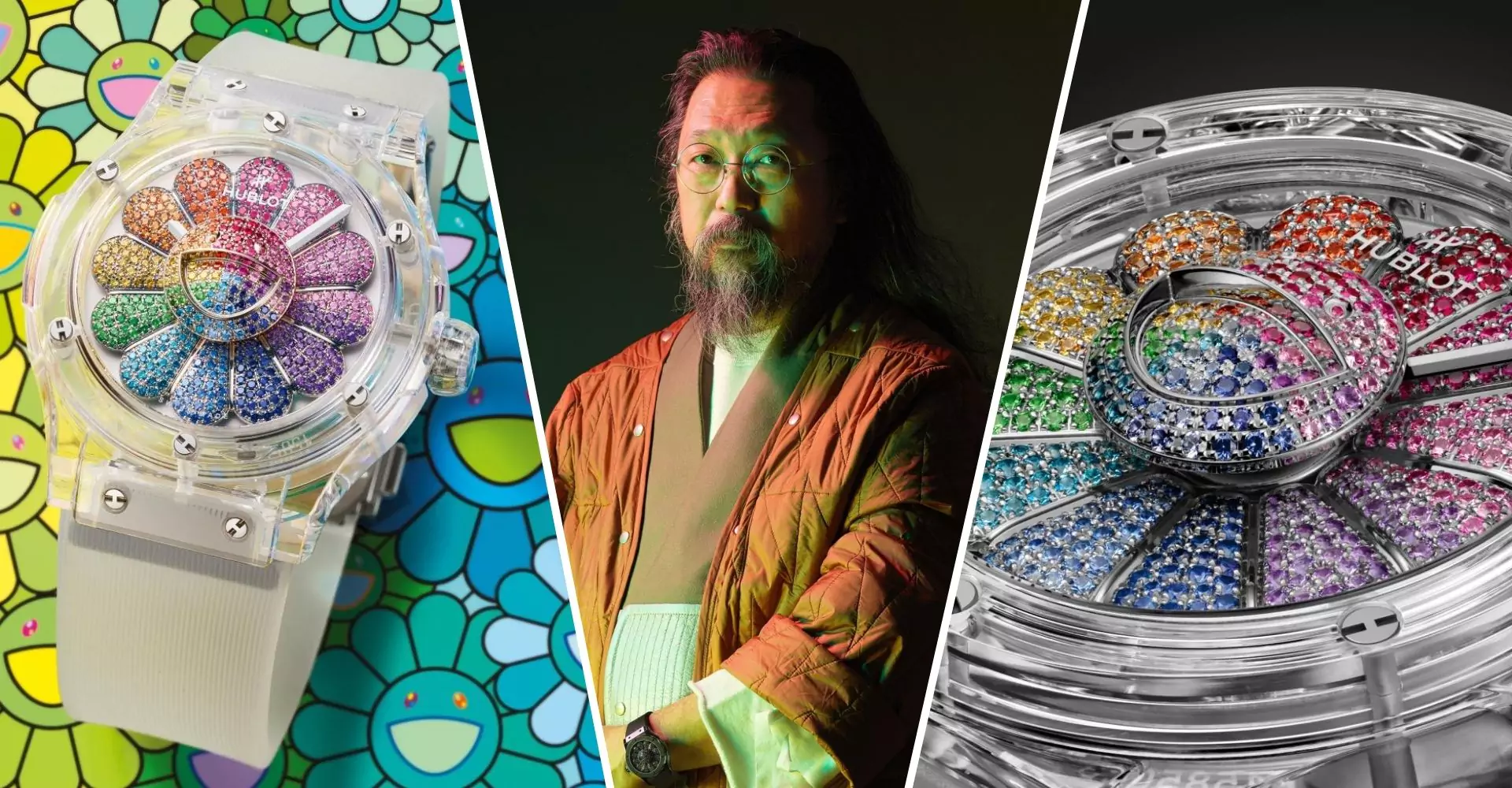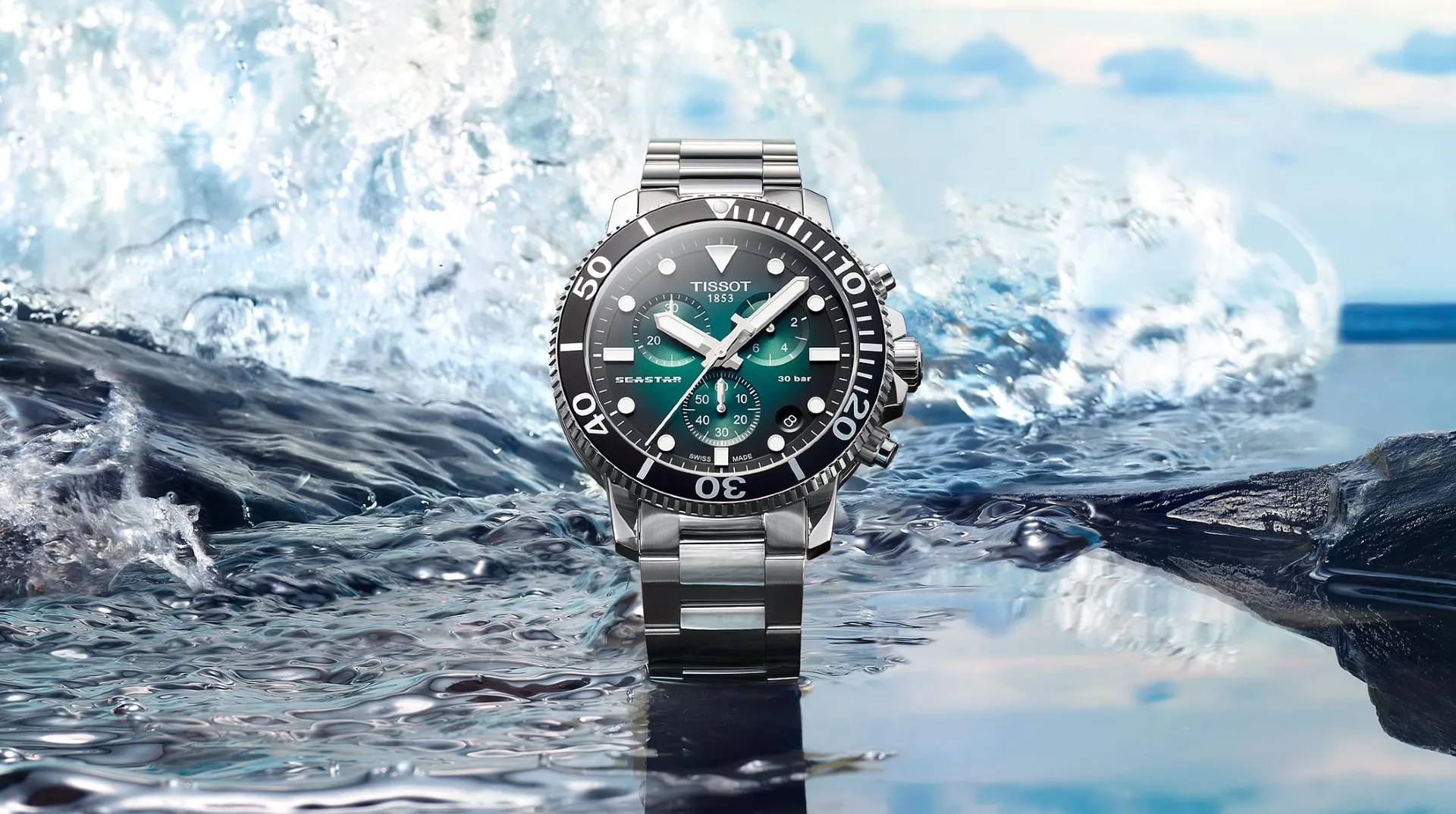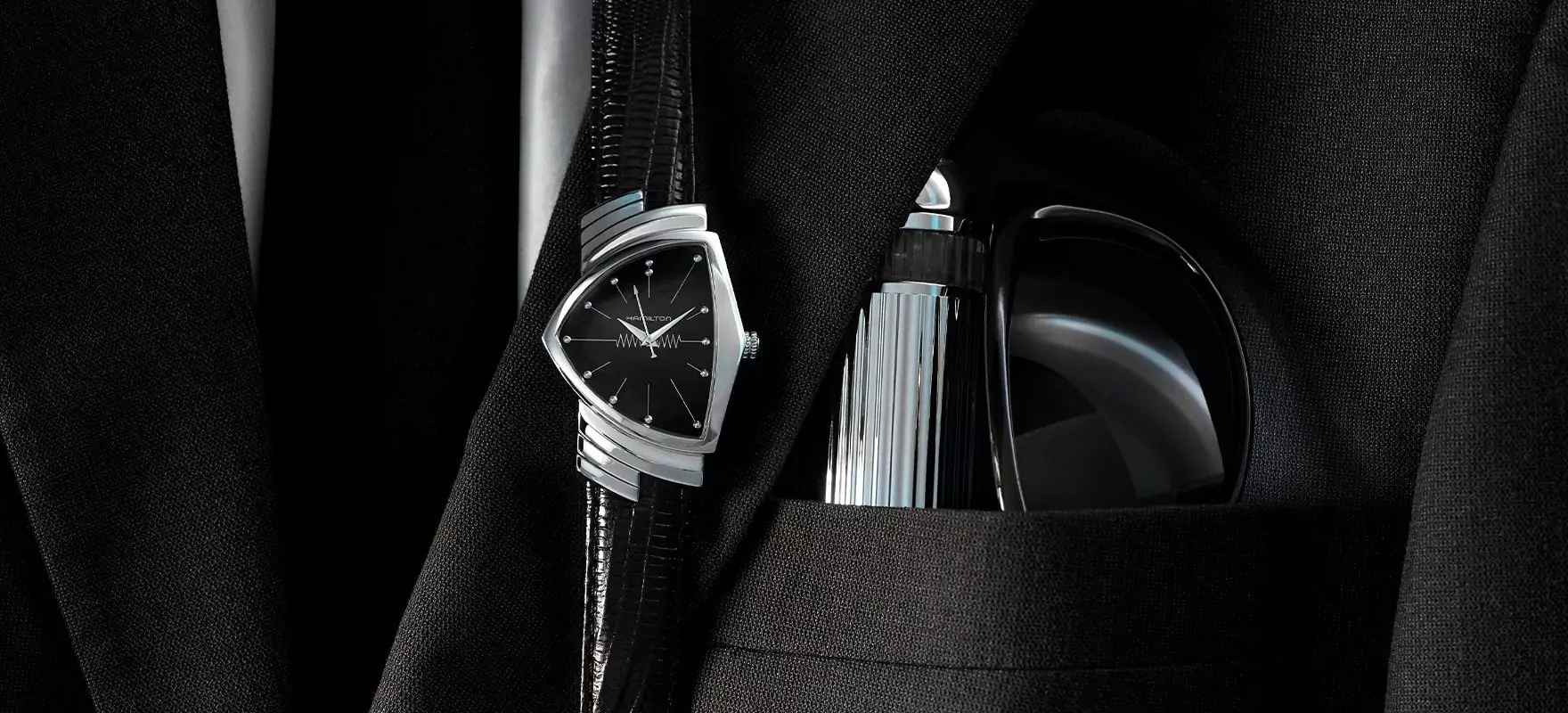A short story of how modern designers have related with the watch, transforming it from an object to a statement.
After Genta’s intervention, which gave shape and body to a new generation of product designers in the field of horology, watch design became a primary element of distinction for the Maisons.
Above all, it managed to connect the two worlds of watchmaking – overall craftsmanship, cultivated in modern watch boutiques by professionals who make a few pieces in a year, following a personal inspiration and style, and quality industrial production, which is defined by the creative touch of a professional to become even more iconic.
We are going to comment this process in a few modern timepieces, so to present how it all happened – and what results came from it.
The creation of a style icon: the Calatrava
The watch, according to some, becomes a wrist architecture: a minimal micro-verse where the environment that surrounds it is reflected, and which becomes a “summa” of it, a kind of concentrate. It is for this reason that many Maisons – consciously or perhaps just out of affinity – have linked the forms expressed on their timepieces to more prominent features, almost as if they were evocative, and that over time have become particular and characteristic.
We can start with one of the best-known cases, namely one of the first wristwatches with a modern shape: the Patek Philippe Calatrava. The first Calatrava – whose name evokes the cross used by the Geneva-based Maison as a symbol – is a watch with a very long history. It was born in 1932, with its first reference, model 96 – the perfect synthesis of the elegant wristwatch. Even today, after 90 years, it has not lost the timeless appeal designed by Henri Stern, whose family took over the historic brand and still leads it today.
The main feature of this timepiece, born following the dictates of Bauhaus aesthetics, was the function of the lugs, which took advantage of recent market innovation, that of springbars. Therefore, they were flowing and tapered, narrowing at the ends to provide an elegant continuity to the strap, which could be easily replaced when needed to give the watch a new “dress” and character.
The Calatrava became – especially in one of its most successful evolutions, the reference 3919, with its particular bezel, decorated with a “Clous de Paris” motif – the prototype of wristwatches, until the birth of the Rolex Submariner, and the reference to which every other elegant watch would be measured.
The Rolex fluted bezel
The bezel’s function in these small wristwatch architectures cannot be forgotten. Another iconic watch demonstrates it in watchmaking history: the transitional Rolex – and we are talking about Datejust and DayDate. Although the most common bezel is the smooth one, the most iconic motif is the fluted bezel, which is also present in the wall clocks you see in stadiums, airports, and shopping malls.
It may be a detail, but it makes a difference like all details. Initially, this motif had more of a technical purpose than an aesthetic one: it served to provide a tighter grip when screwing the bezel to the case to ensure the watch’s water resistance, but today it has lost that role, even though it is used to allow certain functions to be adjusted in complicated Rolex timepieces like the Skydweller.
Yet, when one imagines a “classic” Rolex, i.e., not its sporty models such as the Submariner or the GMT Master, this is the bezel that, willy-nilly, appears in the antechamber of our memories: a solid, perfectly executed gold ring that shines with its infinite faces in the light, capturing the gaze of the onlookers with the subtle dance of its surfaces.
Bulgari’s wrist architecture…
On the other hand, Bulgari’s style resides in an authentic wrist architecture, created when the Maison developed its design model, the Octo. A model rich in history and technical contents, as not everyone knows that Bulgari inherited Gerald Genta’s watchmaking legacy when it bought the brand from the Swiss designer and thus laid the foundation for developing the recent Octo Finissimo collections, among the most beautiful and most underwhelming watches in the entire watchmaking scene today.
No one can escape the beauty of the case’s design, a true construction at the wrist that takes a style of architecturally-built frames and surfaces. And which, in fact, was inspired by the design of the historic Bulgari store on Via Condotti. A timeless style, which returns in different designs and forms, conveys its hallmark, its signature.
… as a palette for the designer’s intervention
Similarly, the dial of the Octo Finissimo – one of the world’s thinnest watches – has become a perfect playground for the artistic expression of some of the most talented designers in contemporary product design. Proof of this is the limited edition signed by Tadao Ando, one of the most prestigious names in world architecture, who has decided to mark the dial of this timepiece with an essential decoration of staggered circles in shades of blue lacquer, giving rise to a crescent, almost ephemeral moon in yellow gold.
This version of the Octo Finissimo is not just a timepiece but almost a work of art. It is a cosmic representation that poetically lends an expressive quality to the watch’s refined technique and makes it a witness to a style message.
Roget Tallon and the Lip Mach 2000
But this is a discussion that has been going on for a long time because the intervention of designers in industrial production is not a recent birth but derives from an expression of a need: to create an object that is useful for the masses and is tailored to them, not vice versa. This was the principal function of the designer, and we can say that this happened mainly thanks to the experiments of the Seventies.
It was precisely in the 1970s that Genta would design his undoubtedly most famous pieces, including first the Royal Oak and then the Nautilus. But it was in 1969 that an equally important designer would begin his collaboration with Lip – a French company that was the protagonist of a series of genuinely unique watches, including the Mach 2000 series designed by Roger Tallon.
Tallon had speed and the future in his blood, as he was the designer of the first TGV – the French high-speed train. And in this series of watches – which included automatic and chronograph models – he put all his modernity and programmatic vision of the future. The Mach 2000 series, which saw the light of day in 1974, was so advanced that the industry did not fully understand it in its day. This iconic timepiece didn’t have the success it perhaps deserved, and which instead some of its heirs, such as the Memphis style in the 1980s, found in spades.
The importance of creative interpretation
We could continue, but we are convinced that these few examples have demonstrated that the timekeeping function of the object has proved to be almost a pretext for experimenting with a new way of telling forms and displaying indications – and perhaps this is where part of its importance lies.
Until now, the importance of horology in design – or design in horology – is much underestimated, but which should have a much greater echo in traditional circles that exalt the culture of design and its application to perform its original function: to create valuable and easy-to-use things, and doing that through technical innovation and artistic vision.






